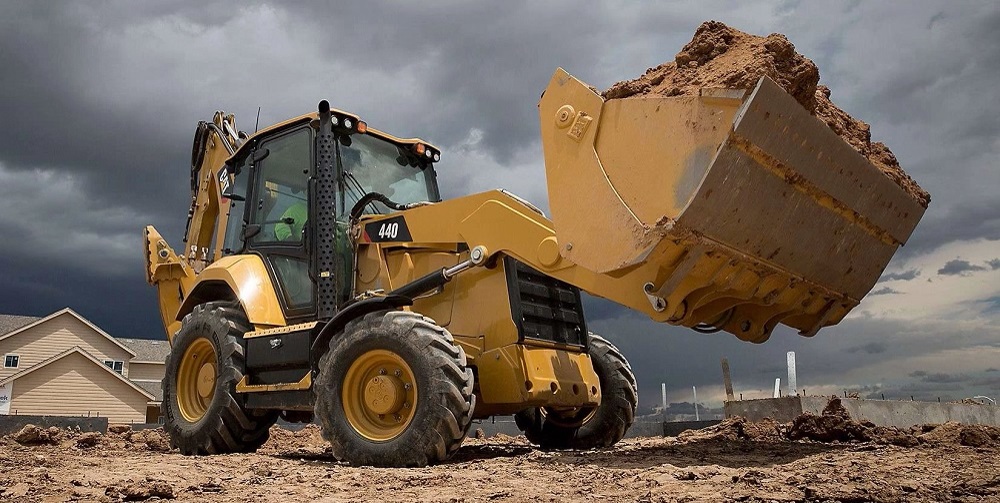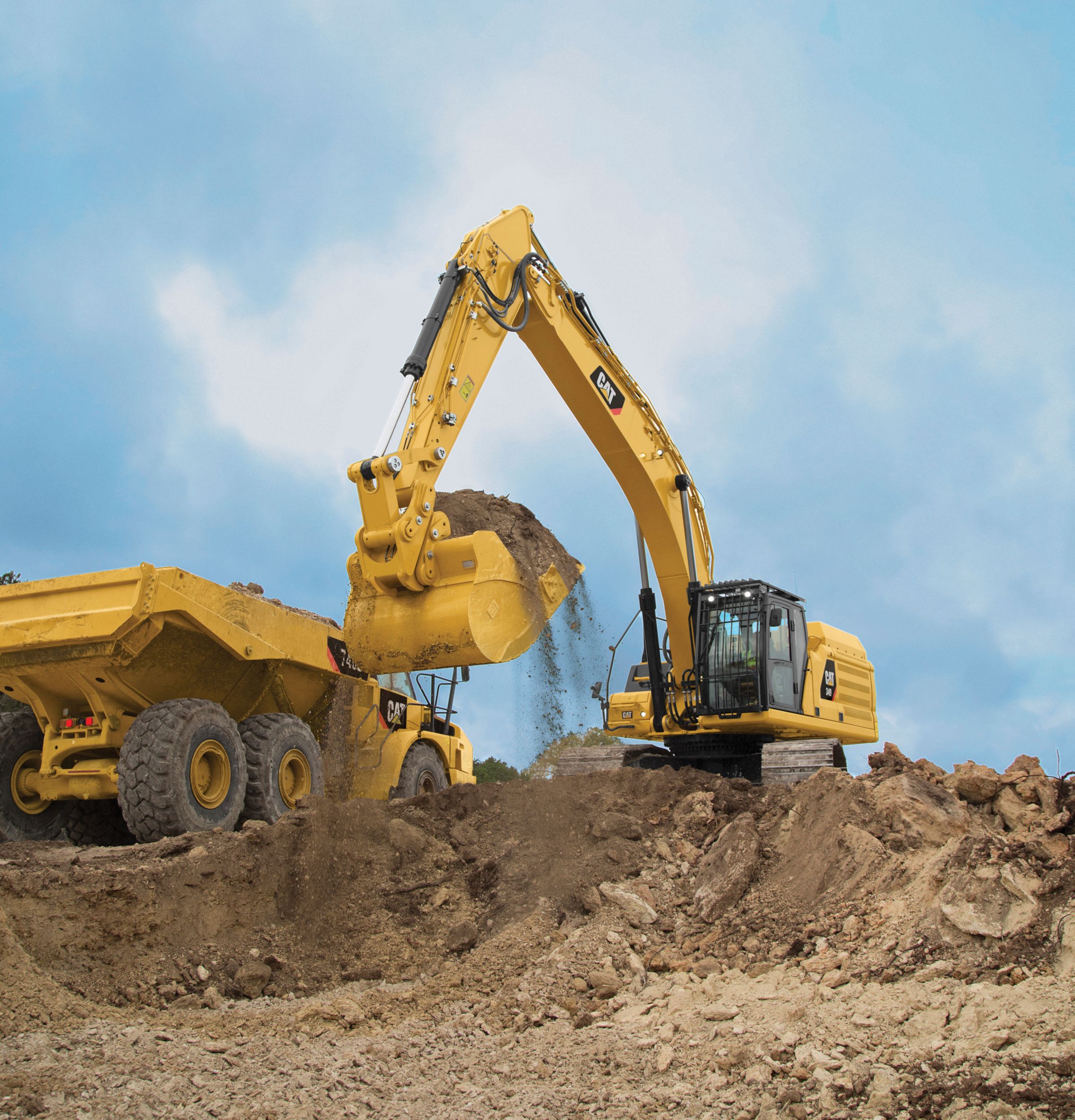Leasing Vs. Acquiring Building And Construction Devices: Making the Right Selection for Your Project
When getting started on a construction project, one of the important decisions that predict managers and stakeholders encounter is whether to rent out or acquire building equipment. The decision hinges on different variables such as price considerations, project period, devices maintenance, scalability, risk, and adaptability monitoring.
Expense Considerations
When reviewing the financial aspect of purchasing versus renting out construction equipment, the ahead of time expenses and long-lasting expenses need to be meticulously thought about. Renting equipment frequently calls for lower preliminary repayments contrasted to acquiring, making it an appealing option for short-term jobs or specialists with budget plan restraints. Leasing eliminates the need for big resources investments and minimizes the economic risk linked with tools possession, such as upkeep and depreciation costs. However, over time, continuously leasing equipment can build up greater costs than purchasing, specifically for extended jobs.
On the various other hand, buying construction devices involves greater ahead of time prices yet can cause long-lasting cost savings, specifically for frequent customers or long-lasting projects. Possessing equipment offers adaptability, comfort, and the capacity for resale value once the project is completed. Furthermore, possessing devices enables modification and experience with particular equipment, potentially increasing efficiency and efficiency on-site. Eventually, the decision between leasing and buying building devices depends upon the project's duration, regularity of usage, budget plan factors to consider, and long-term monetary goals.
Job Period

Conversely, for lasting projects or continuous building and construction work, purchasing tools can be the much more affordable choice. Purchasing tools can lead to set you back financial savings in the long run, specifically if the equipment will be regularly utilized. Moreover, possessing tools provides a sense of control over its accessibility and allows for modification to fit certain task requirements.

Devices Maintenance
Given the vital duty task period plays in figuring out the most affordable method in between renting and getting building and construction tools, the focus now moves towards taking a look at the necessary element of equipment maintenance. Appropriate upkeep is essential for guaranteeing the ideal performance and long life of building and construction equipment. Renting tools frequently comes with the benefit of having properly maintained machinery offered by the rental company. This can reduce the concern of maintenance jobs from the job owner or service provider, saving time and initiative. On the other hand, owning tools requires an aggressive strategy to upkeep to prevent break downs, make sure safety weblink and security, and prolong the devices's life-span. Regular assessments, servicing, and prompt repair work are necessary to maintain owned and operated tools in top working condition. Variable in upkeep prices when deciding between buying and renting out, as ignoring maintenance can cause costly repairs, downtime, and task delays. Inevitably, a properly maintained construction equipment fleet, whether rented out or had, is important for the reliable and successful conclusion of building tasks.
Adaptability and Scalability
In the world of building and construction tools monitoring, the aspect of flexibility and scalability holds considerable relevance for task efficiency and source application. Opting to rent out building and construction tools provides a high degree of adaptability as it enables the quick change of equipment types and amounts based upon the developing demands of a task. Leasing allows contractors to access a wide array of customized tools that may be needed for particular jobs without the long-lasting commitment of possession. This flexibility is particularly helpful for projects with differing needs or uncertain durations (aerial lift rental).
Renting out building devices offers the benefit of easily scaling procedures up or down as task demands fluctuate. Service providers can swiftly trade or include equipment to match the project's changing needs without the restraints of owning assets that might come to be underutilized or out-of-date.
Threat Monitoring
Effective danger administration in building and construction equipment operations is critical to making sure job success and mitigating possible financial losses. Building and construction tasks naturally include numerous risks, such as tools breakdowns, mishaps, and task hold-ups, which can substantially impact the project timeline and budget plan. By carefully considering the dangers connected with owning or renting building equipment, project managers can make educated choices to decrease these potential dangers.
Renting construction equipment can provide a level of risk mitigation by moving the obligation of repair and maintenance to the rental firm. This can lower the economic problem on the project owner in instance of unexpected devices failings (heavy equipment rental). Additionally, renting out supplies the versatility to access specialized equipment for certain job stages, reducing the risk of possessing underutilized machinery
On the various other hand, owning construction Continued equipment gives a feeling of control over its usage and upkeep. However, this likewise implies bearing the full obligation for repair services, maintenance expenses, and depreciation, increasing the monetary threats related to devices possession. Careful risk evaluation and consideration of aspects such as task duration, devices utilization, and upkeep needs are important in establishing the most appropriate option for reliable danger management in building and construction jobs.
Conclusion
To conclude, when deciding between acquiring and leasing construction equipment, it is essential to take into consideration cost, project duration, devices upkeep, risk, scalability, and adaptability administration. Each aspect plays an important role in figuring More Info out the most appropriate choice for the project available. By carefully reviewing these aspects, task supervisors can make an informed choice that lines up with their budget plan, timeline, and general project goals.
